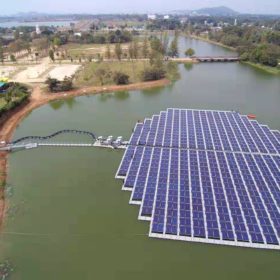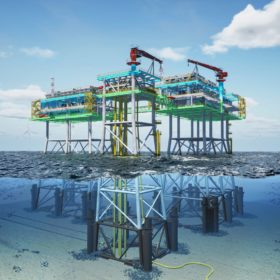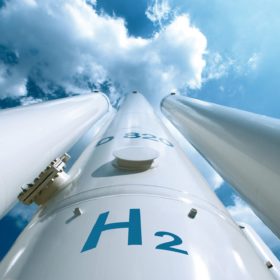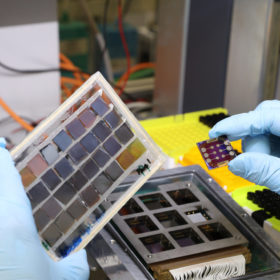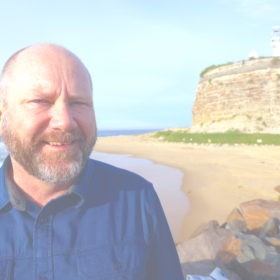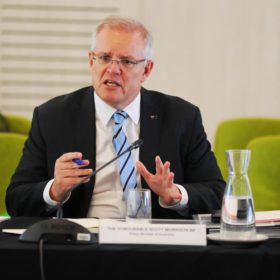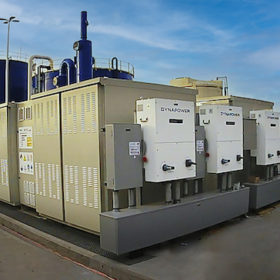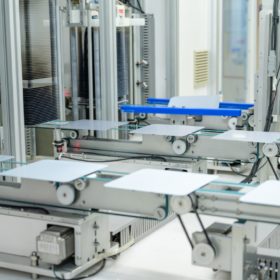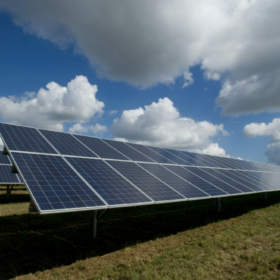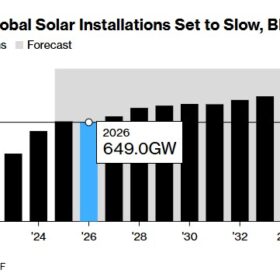Floating solar array powering recreational park in Vietnam
The 600 kW array was built by Sungrow with 540 W solar panels and its own floating structures.
Three major WA hydrogen projects granted lead status & storing hydrogen in offshore caverns
Engie unit Tractebel is developing an offshore concept for the storage of hydrogen in caverns. Meanwhile, three major hydrogen projects in WA are set to receive support from the state government’s lead agency services, including Province Resources’ HyEnergy Project, The Murchison Hydrogen Renewables facility, and InterContinental Energy’s Western Green Energy Hub.
Japanese giant to increase its green hydrogen production out of Brisbane
Eneos, Japan’s largest oil company, is set to increase its production of green hydrogen in Queensland in 2022.
Australia prepares for first solar ‘upcycling’ facility while recycling operations expand
As Australia stares down a deluge of worn out solar panels, recycling – and indeed upcycling – programs are grinding into gear. In Victoria, a site has been found for Australia’s first facility to recover and reuse solar module materials, while Reclaim PV has extended its manufacturer partner and pickup location lists.
Perovskite solar cell retains 99% of initial efficiency after 1,450 hours
Developed by German researchers, the 20.9%-efficient device was built with an architecture avoiding the use of the ionic dopants or metal oxide nanoparticles that are commonly used to contact the cell, as these can be subject to secondary reactions at higher temperatures.
Marrying markets and physics – pushing the (dynamic) envelope of orchestration and VPPs
Virtual power plants have turned a corner in this country, SwitchDin founder, Andrew Mears tells pv magazine Australia. With the new technology now firmly established, we take a look at the new approaches to orchestration which will inform the next wave of distributed energy resources management.
$26 billion in ‘new energy economy’ projects proposed in Queensland, as feds pay bizarre homage to coal
The Queensland government has highlighted its state attracted as much as $26 billion worth of “new energy economy projects”, according to new national resources reports. The federal government, on the other hand, used the reports to pay tribute almost exclusively to coal, with resources minister Keith Pitt dubbing it a “star”.
BHP looks to use 35-tonne blocks to store renewable energy for its WA operations
An agreement with Energy Vault may see resource company BHP stack 35-tonne blocks to store wind and solar energy in the Pilbara, northern Western Australia.
Aussie flow battery company completes ‘milestone’ installation
Brisbane-based flow battery company Redflow has completed its single biggest installation to date, a 2 MWh storage system in California for biowaste technology firm Anaergia.
Jolywood switches on 1.5 GW TOPCon solar cell factory in China
The Chinese bifacial module maker has commissioned a 1.5 GW TOPCon cell factory in China’s Zhejiang province, which raised its total TOPCon cell capacity to 3.6 GW. Another 16 GW facility is being planned for the Shanxi province.
